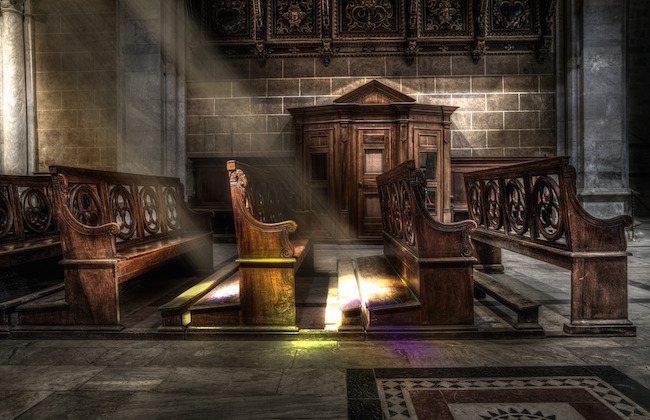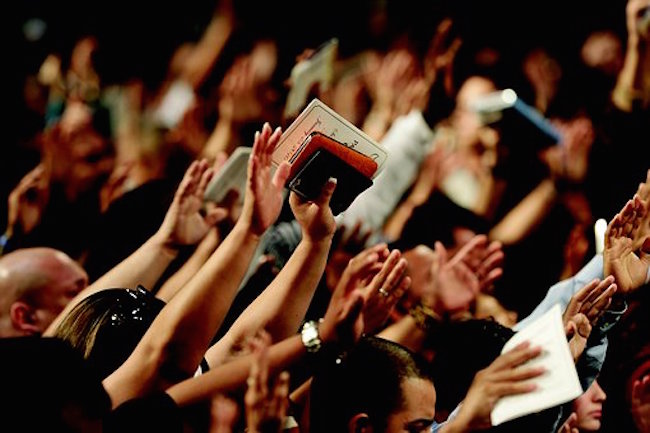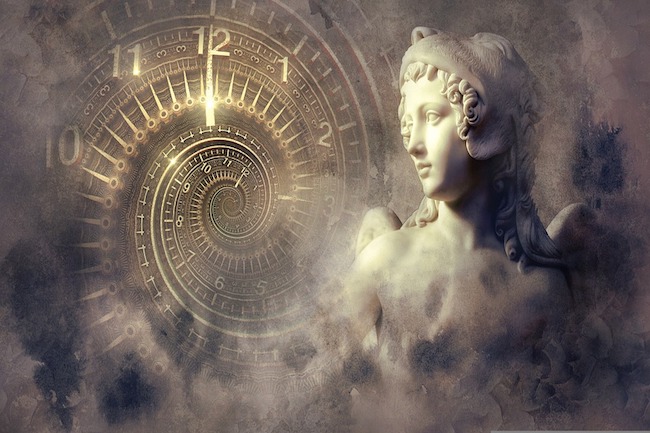Mainline Protestants Are Still Declining, But That’s Not Good News for Evangelicals by RYAN P. BURGE for Christianity Post
Both traditions are losing out to the unaffiliated.
If there’s one overarching conclusion that comes from studying survey data of American religion over the last several decades, it is that fewer people identify with an established religious tradition every year. The ranks of religiously unaffiliated, also called the nones, have grown from just about 5 percent in the early 1970s to at least 30 percent in 2020.
Religious demography is a zero-sum game. If one group grows larger that means that other groups must be shrinking in size. So that rise in the nones is bad news for churches, pretty much across traditions. When you sort Christians by denomination, mainline Protestants are continuing to show significant decline.
By their own membership tallies, mainline denominations are showing drops of 15 percent, 25 percent, and even 40 percent over the span of the last decade. There is little room for triumph on the evangelical side; their numbers are slipping too.
Examining these two traditions, though, shows us two different stories about how their churches are losing members and could offer a trajectory for what the American religious landscape will look like in the future.
First, it’s important to point out that mainline Protestants—the grouping scholars use for denominations like the United Methodist Church, the Evangelical Lutheran Church in America, and the Presbyterian Church (USA)—used to outnumber evangelicals by a significant margin in the 1970s. In 1975, just over 30 percent of Americans were mainline, while about 21 percent were evangelicals. However, those lines began to converge quickly, and by 1983 there were more evangelicals in the United States than mainliners.
This rapid shift in American religion was driven primarily by evangelicals becoming more prominent in American culture. The rise of televangelists like Jerry Falwell and Pat Robertson coincided with the Religious Right beginning to assert itself in electoral politics. Because the nones were relatively small at this point, there’s ample reason to believe that significant numbers of mainline Protestants became evangelicals through the 1980s.




